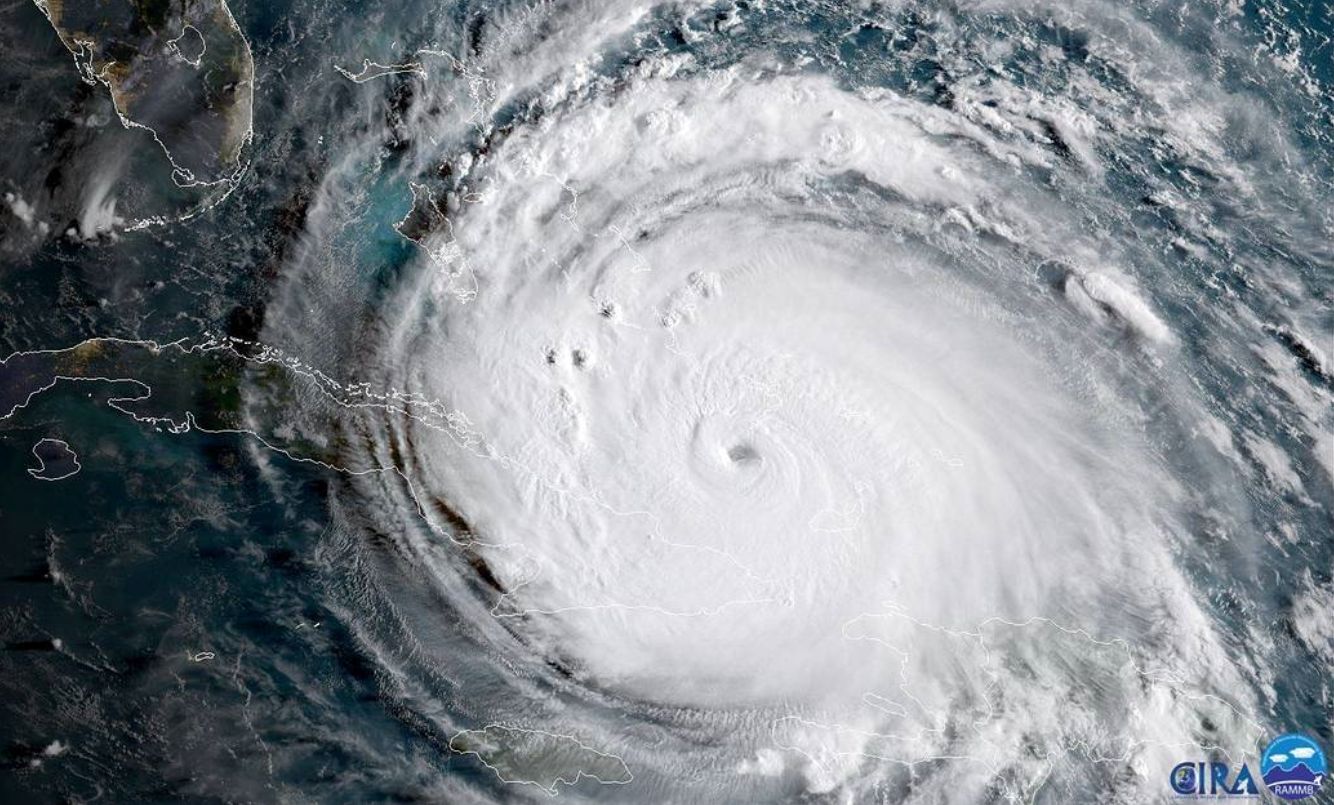As I write this editorial, the effects of Hurricane Harvey are still being felt nearly a week after the Category 4 storm hit southeast Texas. What the total damage will be remains to be seen, although many experts say the city of Houston will take years to recover. Right now, thousands of homes and vehicles are flooded. The death toll stands at 21 but is expected to rise. Thousands of area residents have been forced to evacuate. One bright spot in all of this is the number of brave Texans who are using their own boats and risking their lives to help evacuate the victims. I’m incredibly impressed.
Currently, 20-30 percent of Harris County is under water. More than 50 inches of rain have fallen so far, and more is on its way to east Texas and western Louisiana. Houston’s two flood control dams are overflowing, and a levee has been breached with others weakened. The region’s other infrastructure is threatened, as are its numerous oil and petroleum refineries and chemical plants.
Houston Independent School District has cancelled classes for the week, and a large number of area hospitals and the University of Houston are closed.
The sheer scale of the Hurricane Harvey disaster is unfathomable and is a good example of how hospitals, schools and universities must plan for worst-case scenarios and consider how the surrounding area’s infrastructure weaknesses could directly impact a campus.
Houston is a flood-prone area that appears to have been over-developed with few zoning codes implemented to allow for adequate water run-off and vehicle traffic flow. Its flood control dams were built in the 1940s, and no dams have been built since then, even though Houston has grown to be the fourth largest city in the nation. These errors in urban and infrastructure planning possibly — if not probably — contributed to the flooding as well as the city’s inability to evacuate before the storm struck.
However, it’s not fair to just pick on Houston. I’d be willing to wager that all U.S. cities have their own infrastructure issues that must be addressed.
Take Los Angeles, for example. Its water main system was installed more than 80 years ago, and the city often experiences flooding from water main breaks that result in millions of dollars in damages. Just ask UCLA’s Lt. Mark Littlestone. In 2014, his campus experienced flooding as a result of a water main break on Sunset Blvd. Millions of gallons of water flooded two parking lots, the Wooden Center and Pauley Pavilion, stranding people and cars.
At Campus Safety Conference West this summer, Littlestone discussed UCLA’s experience responding to the emergency. Fortunately, no one was injured, although there was the threat of carbon monoxide poisoning for people in the parking structures. That said, about 700 vehicles were marooned, and the water main break caused about $13 million worth of damage.
Obviously, what happened in Los Angeles three years ago pales in comparison to what is happening now in Texas and Louisiana. That said, both events highlight the reality that situations as random as a water main break or as catastrophic as a hurricane can significantly impact a campus. A hospital, school or university might not have the political clout to implement infrastructure improvements in the surrounding community, but it can take steps to mitigate some of the damages resulting from politicians not doing their jobs.
Those steps might include ensuring infrastructure on campus is properly maintained and built to code (or even exceeding local code if it is inadequate); conducting risk assessments not only of the campus, but of the surrounding area; having emergency plans that are regularly updated and cover a wide variety of scenarios; having MOUs; conducting drills and exercises on a wide variety of potential emergencies; training public safety staff and other staff on how to respond to emergencies; and installing good mass notification and emergency communication systems that interoperate with first responders from surrounding jurisdictions. These are just a few of the many ways a campus can improve its preparedness profile. I’m sure you, dear readers, can think of many, many more.
Will we ever be able to prevent a disaster like what Texas and Louisiana are currently experiencing? Probably not, but we can do our best to mitigate the damage.
In the meantime, I’m praying for Texas and Louisiana and donating to the Red Cross.







